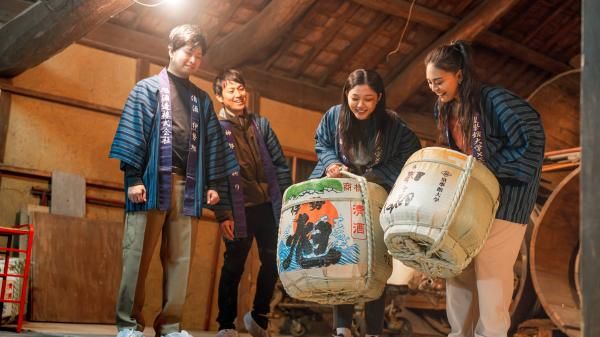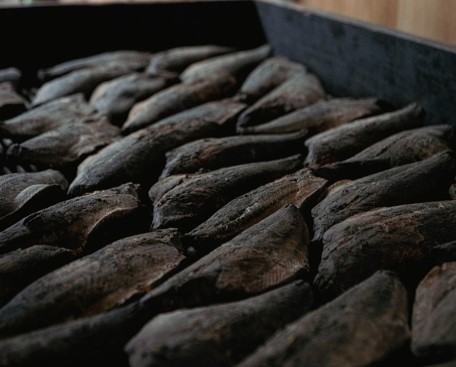
The Origin of Umami: Bonito Smoking Hut Katsuo no Tenpaku
Last update
- Private group experience.- Visit a smokehouse where authentic bonito flakes are made.A talk on the history of bonito flakes and their production methods directly from the representative of the bonito workshop.- Experience shaving bonito flakes and get a taste of the bonito you shaved in freshly cooked okaka rice.- You will have the opportunity to taste dashi soup, then you can choose to experience tasting either dashi-wari kan (a warm sake and dashi cocktail) or omiki (sake offered to Shinto gods)./- Since the Nara period (710–794), bonito flakes have been prized for their taste, and descriptions of how the name Nakiri had been written on wooden plaques and other documents and how bonito flakes were offered to the imperial court and Shinto shrines, etc., date back to this period.Bonito fishing was thriving, and Nakiri’s bonito flakes prospered as the smoked method of bonito flakes was introduced.The smoking method is all about discerning between different fish qualities and adjusting the heat manually. This style of careful smoking is old-fashioned, and only about 10 restaurants are still using this style in Japan.The bonito flake production process in the Ise-Shima region involves using firewood taken from the local traditional rural landscape and regenerating the seas by preserving the land.For thousands of years, our ancestors have made dried bonito flakes while preserving the cycle of nature.The ash of this firewood is also used in indigo dyes and natural ash glazes used on pottery. Ise-Shima’s bonito flake production was born out of such a cycle.
Photos
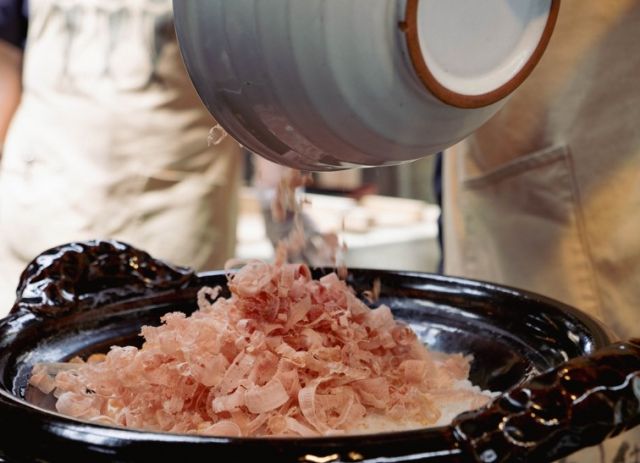
Okaka rice
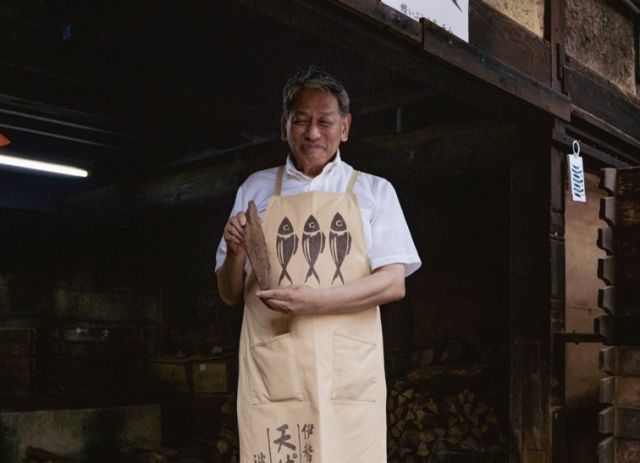
Store owner
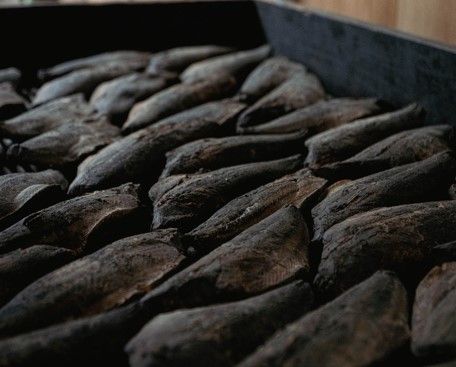
Bonito being smoked
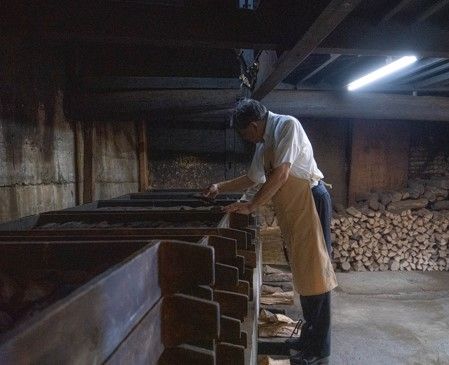
Store owner checking on the bonito during the smoking process
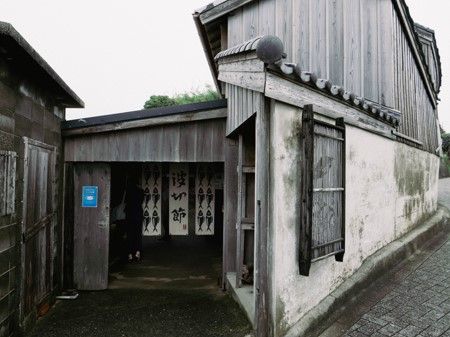
Store entrance
Information
- Minimum Number of Passengers
- 2 participants
- Maximum Capacity
- 20 participants
- Participation Restrictions
- Ages 10 and up
- Meeting and Exchange Areas
-
Katsuo no Tenpaku Ibushi Goya
393 Nakiri, Daiocho, Shima-shi, Mie Prefecture - Open Period
- Closed on certain days
- Closed Period
- Excluding Wednesdays and Sundays.Excluding August 12–16 and December 1–January 10.
- Meeting Times and Business Hours
- June to September: Only starts at 10:00 a.m. (meet 10 minutes in advance)/October to May: (1) Starts at 11:00 a.m. (meet 10 minutes in advance), (2) Starts at 3:00 p.m. (meet 10 minutes in advance)
- Tour Schedule
- If starting at 10 a.m./ 1) Meet at Katsuo no Tenpaku Ibushi Goya at 9:50 a.m./ 2) Hear a talk on bonito flakes, how they are made, and how they are related to Ise Jingu from 10:00 a.m. to 10:45 a.m./ 3) Experience shaving bonito flakes from 10:45 a.m. to 11:00 a.m./ 4) Taste dashi soup, hear an explanation on and try dashi-wari kan by a sake retailer based in Shima or try omiki, which was used for a toast during the G7 summit, from 11:00 a.m. to 11:15 a.m. (We will prepare sweet amazake for children and participants who do not drink alcohol)/ 5) Get a taste of freshly cooked okaka rice from 11:15 a.m. to 11:30 a.m./ *After the end of the program, you can still stay for shopping if desired
- Required Time
- 1.5-hour–2-hour process
- Provision of Meals
- Meals are provided
- Open to meal requests
- None
- Universal accessibility
- Nothing in particular
- Parking
- Tourism parking lot available (five-minute walk away, paid)
- Notes
- - Ibushi-goya occasionally billows with smoke, depending on the time.Please be sure to note this if you have asthma or tend to feel unwell after being in a smoky environment.- Ibushi-goya is not equipped with heating or cooling.It is very humid and hot in the summer and extremely cold in the winter.- Be sure to contact us in advance if you have allergies.This also relates to the sample soup and rice that we offer during the program. If you have any bean, seafood or any other food allergies, be sure to let us know.
- Inquiry
- pr@ayabex.com
- Official Website
- https://katuobushi.com/
This basic information is current at the time of publication and is subject to change.
Please check the official website for the latest information.
Map
Check also...
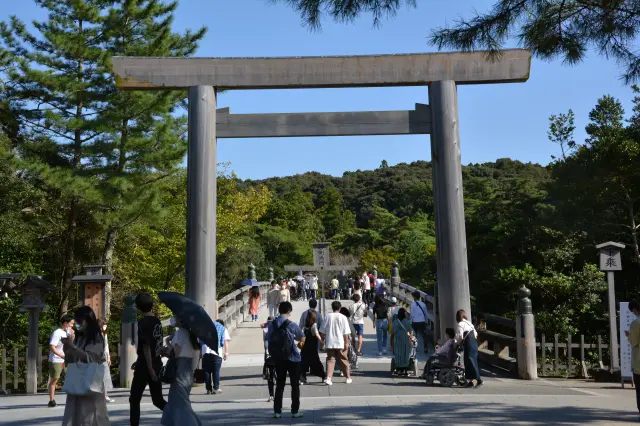
Ise, the spiritual home of the Japanese people (Ise City, Mie Prefecture)
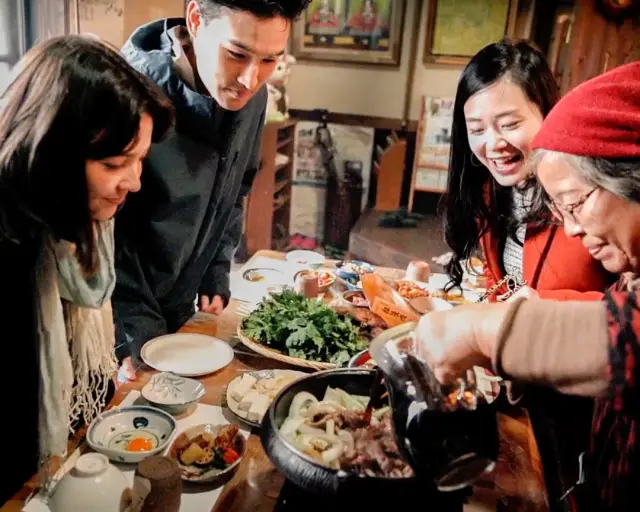
Farm-to-Table Matsusaka Beef Sukiyaki at a Farmer’s Inn
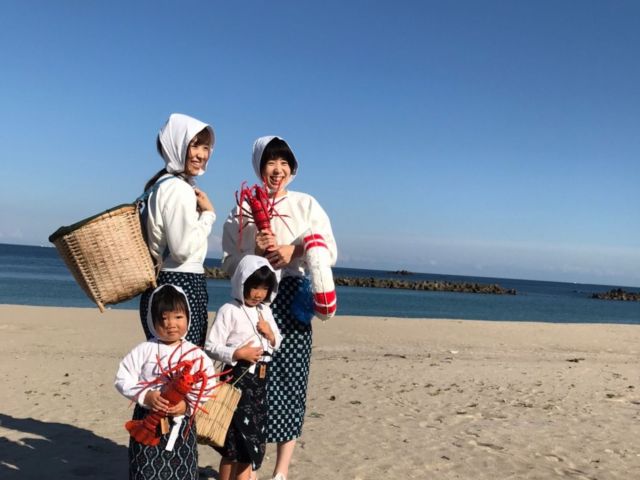
Experience wearing an Ama diver suit and delicious food in Toba! Eat your fill of the bounty of the sea in the town of Ama divers! Admire Iseshima's starry sky and the sunrise over the Pacific Ocean!
